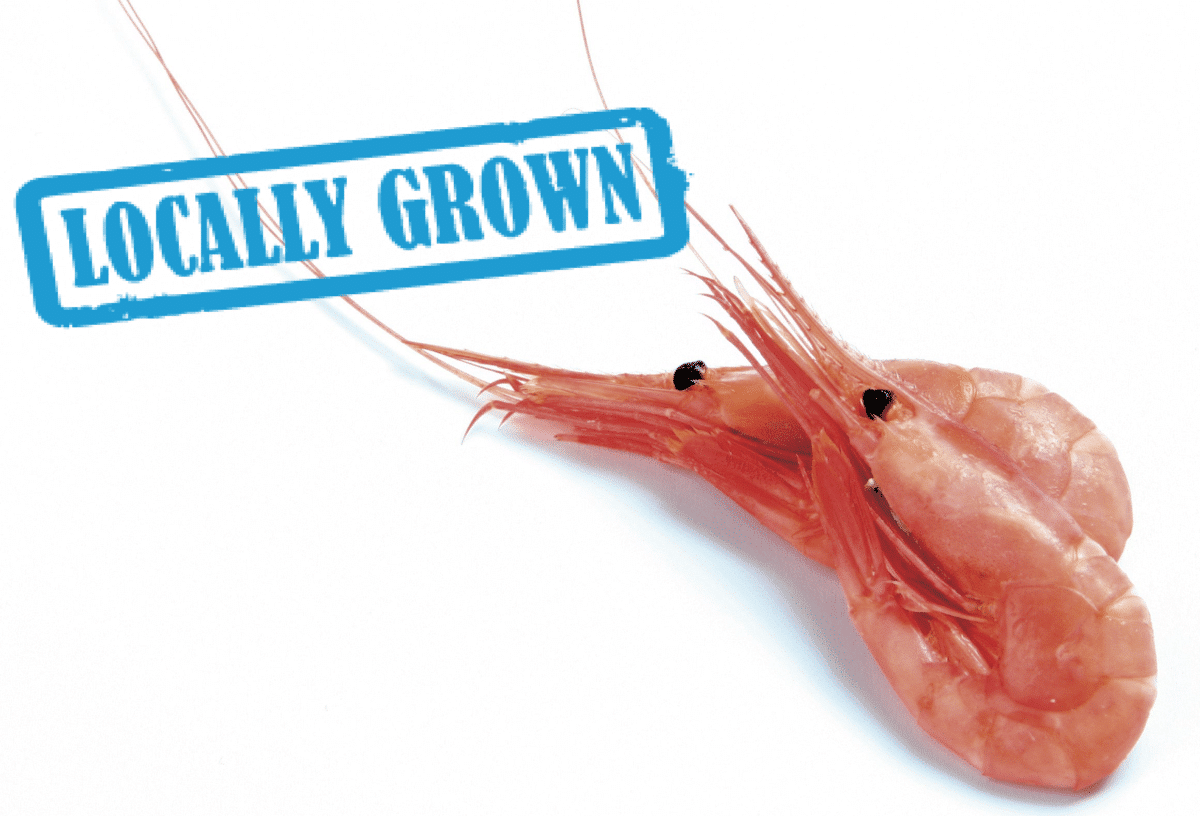We are wild ab out shrimp.
In the growing movement to cook with local products, there is the dilemma of what to do about foods that simply aren’t grown or harvested in one’s immediate neighborhood. For the ingredients we need that are not in our metaphorical backyard, it means reaching out for what’s nearest, freshest, and best. For seafood lovers in the United States, that means wild American shrimp.
Wild American shrimp are found in the warm waters of the Gulf coast and South Atlantic. Harvested since the early 1800s, they have been a major ingredient in traditional American foodways, particularly in the Gulf coast region where they have been an essential ingredient in classic Creole and Cajun dishes, from fried shrimp po’ boy subs to gumbo.
While imported shrimp remain ubiquitous in supermarkets, the past ten years have seen a growing preference for Gulf shrimp. Today over 250 million pounds are harvested each year.
For some, the incentive for cooking with wild American shrimp is a combined patriotism and a desire to support the national economy. Others see it as buying from their neighbors, a way of reinforcing connections to community, history, and the farm-to-table movement. But for many, it’s simply about seeking the best in freshness and flavor.
There are three types of wild American shrimp: white, brown, and pink. They vary in color and flavor, each prized for its characteristics. White shrimp, found in brackish waters and estuaries, have a mild flavor and are favored by Southern chefs for a wide variety of dishes. Brown shrimp, found near the bottom of nutrient-rich Gulf and South Atlantic waters, have a more robust flavor favored by Northeast consumers. Pink shrimp, harvested off the coast of Florida, are valued for their sweetness and delicate texture.
Peak season for harvesting is May through December for inshore fisheries. Offshore harvesting takes place year-round, with shrimp usually frozen immediately upon landing in order to preserve freshness.
George Fontinos purchases 40,000 pounds of shrimp a month for his six Harbor Inn restaurants in North Carolina. Except for a short period in the aftermath of Hurricane Katrina, when shrimping was suspended, he has always used wild American shrimp. Though their flavor is superior to most imports, he says, the difference goes beyond that.
“Imports can be very good,” he said. “But with domestic shrimp the quality is easier to control. Imports don’t hold moisture as well, they tend to dry out.”
For a chef who is broiling, grilling, and frying up thousands of pounds of shrimp a week, consistency in moisture and flavor is essential. “Especially when it comes to frying,” Fontinos said. “You’ll notice a difference even in one extra minute of cooking.”
Nicholas Calias, Director of Food and Beverages and Corporate Executive Chef of The Colonnade Hotel in Boston, Massachusetts, explained his preference for wild American shrimp. “Wild United States shrimp have a more pronounced flavor than imported farm-raised [shrimp], allowing chefs to bring bigger flavors to the table and our guests’ palates without having to do as much with the shrimp.”
Wild American shrimp can be identified by the Wild American Shrimp logo or by designation of Wild Caught Gulf Shrimp. They are available in the frozen seafood section of grocery stores and specialty food stores, including Amazon/Whole Foods, Wal-Mart, Sam’s, Wegman’s, Winn-Dixie, HEB, Earth’s Fire, Price Chopper, and Harris Teeter. ![]()
